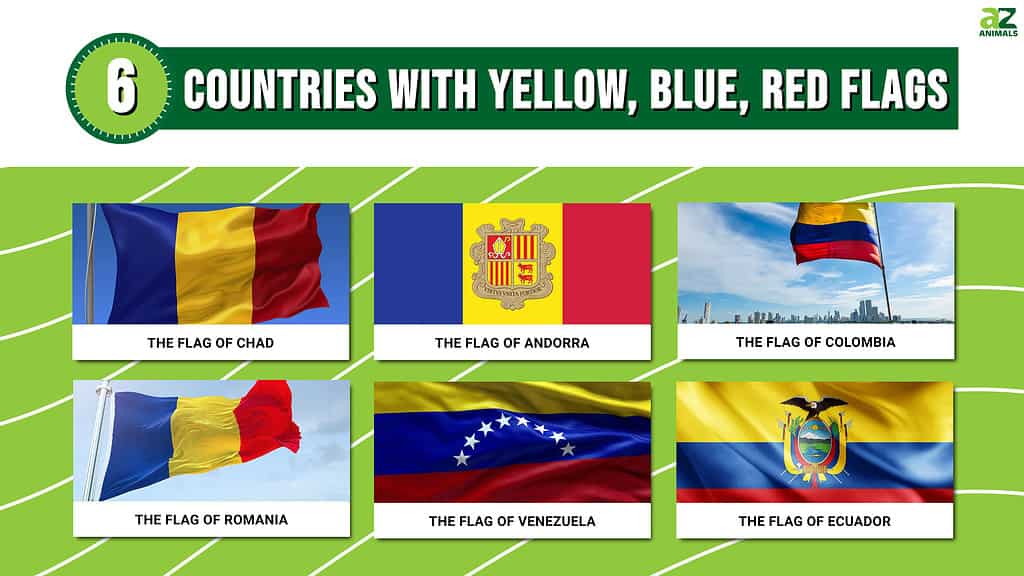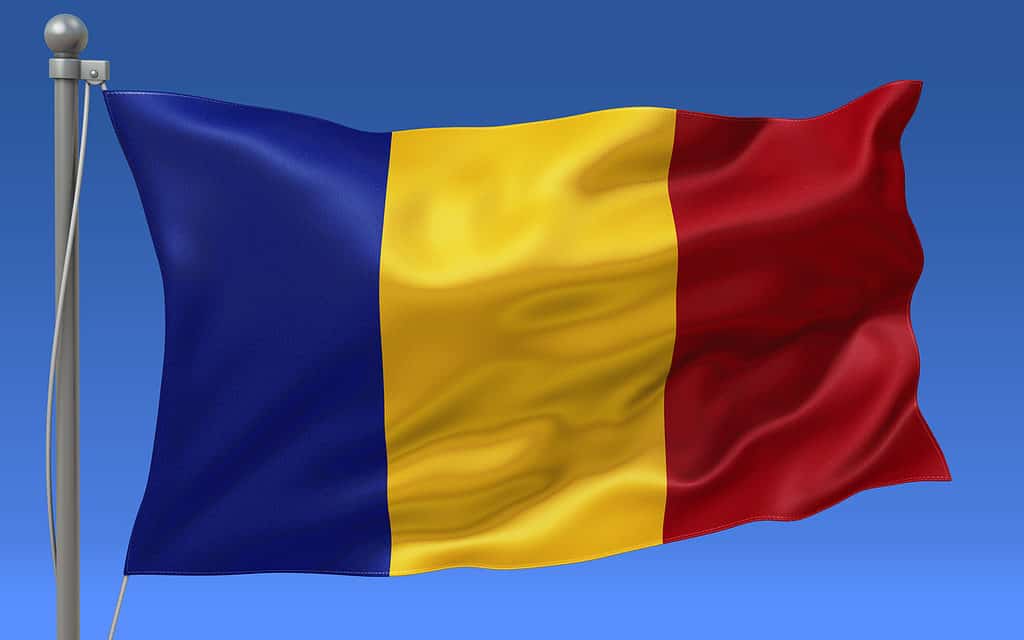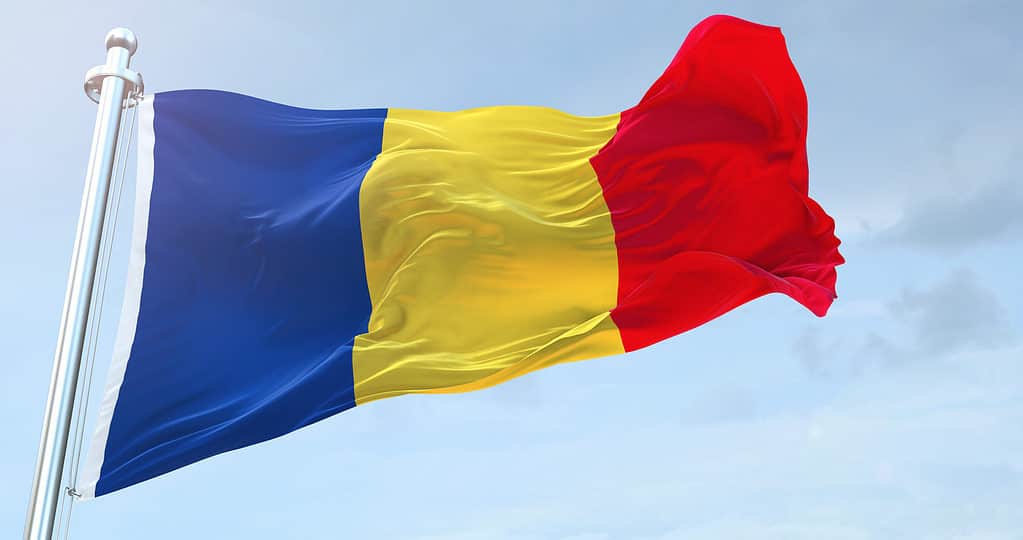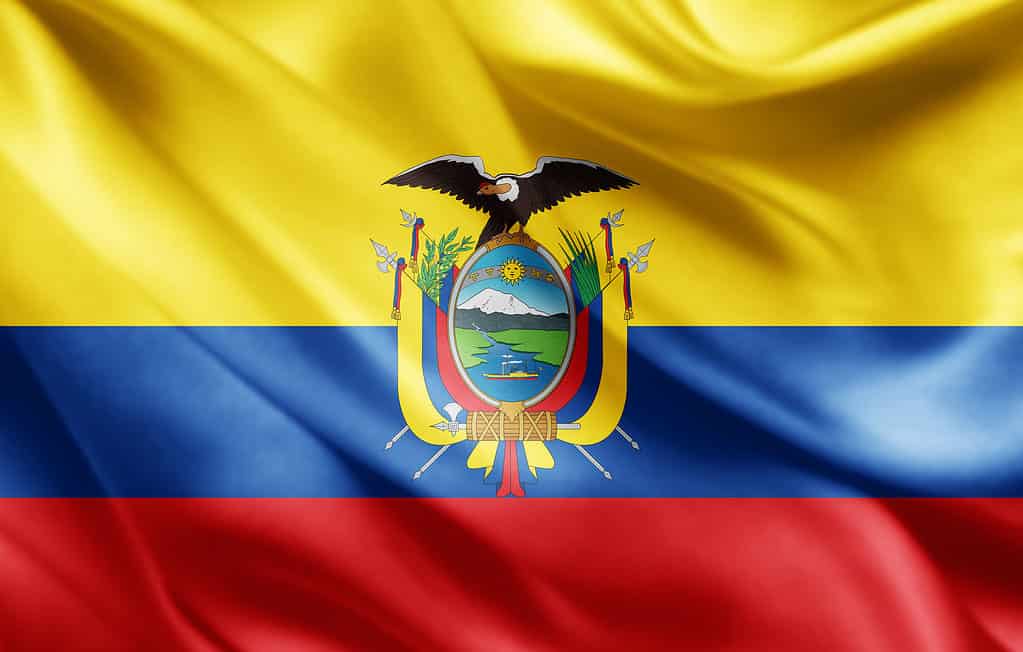A flag is a symbol of recognition, just like a coat of arms or a family crest. Flags represent a wide variety of organizations, from nations to military units to businesses to educational institutions and more. Although some of them look very similar to one another, they each have their own unique symbolic meanings, especially in the colors they utilize. Many flag research and analyses have been conducted to determine the most common meaning for each color, particularly for nations. The meanings of these colors, however, might vary greatly from one culture to the next.

In this article, we’ll take a look at the flags of all the countries whose designs feature yellow, blue, and red. We’ll take a look at the flags of the nations that use yellow, blue, and red as their national colors. The moment is right to study the flags of the nations that employ these hues. Although many flags use these three hues, this piece concentrates on the top five most frequently cited flags that feature yellow, blue, and red.
1. The Flag of Chad

When compared to the
flag of Romania, the flag of Chad
is almost indistinguishable.
©iStock.com/Nabil Kamara
When compared to the flag of Romania, the flag of Chad is almost indistinguishable. The identical vertical order of the three colors is repeated. Upon Chad’s independence in 1960, it was officially adopted. First adopted in 1862, Romania’s flag was modified to include socialist symbols in 1948. It returned to its original design in 1989.
In 2004, the government of Chad asked the United Nations to reconsider the issue. However, the president of Romania quickly put an end to the debate. He announced that Romanian sovereignty over these colors would not be negotiated. According to official interpretation, the blue represents hope, and the sky, the yellow represents the sun and the desert, and the red represents the sacrifice for independence.
2. The Flag of Andorra

Flag of Andorra
©Gil C/Shutterstock.com
The flag of Andorra, like the flags of the two countries that came before it, consists of three horizontal stripes with a symbol in the center, rather than at the top or bottom. In 1866, after decades in which the flag consisted of only those two colors, it was eventually altered. Because the symbol is situated in the center of the yellow stripe, which is the widest of the three, the other two are thinner.
3. The Flag of Colombia

The horizontal
stripes on the Colombian flag
are arranged in the same pattern as those on the Venezuelan flag.
©iStock.com/ABEMOS
The horizontal stripes on the Colombian flag are arranged in the same pattern as those on the Venezuelan flag. Yet, the blue and red stripes only account for a quarter of the flag. However, the yellow stripe takes up half. Although it was officially founded in 1866, its origins may be traced back to the design of the Miranda flag used before that year. It puts its creation somewhere between the years 1800 and 1810.
Like Venezuela’s flag, the Colombian one features a sunny yellow center that represents the country’s rich soil, prosperity, justice, and agriculture. The blue depicts Colombia’s waters and rivers, while the red stands for the resilience and selflessness of the Colombian people.
4. The Flag of Romania

The flag of Romania is among the list’s oldest, having been in use since the nineteenth century.
©iStock.com/EA
The flag of Romania is among the list’s oldest, having been in use since the nineteenth century. It’s a tricolor flag with blue, yellow, and red vertical stripes. In the years since 1834, when these hues were initially officially accepted, other variants of this flag have made brief but memorable appearances. After World War II, Romania declared itself a socialist state and added a coat of arms to its tricolor.
The colors of the flag of Romania colors are commonly considered to signify three things: the blue sky, which represents liberty, the yellow sun, which represents justice, and the blood-red connection of brotherhood.
5. The Flag of Venezuela

There has only been a contemporary flag of Venezuela since 2006.
©iStock.com/Primada
There has only been a contemporary flag of Venezuela since 2006. It has three horizontal bands, from top to bottom: yellow, blue, and red. At the center, there is a star arch made up of 8 individual stars. While it has undergone minor modifications over the years, this particular layout goes back to 1811 (without the stars). Since the beginning, the stripes have always been arranged in the same fashion.
The yellow band represents sunshine, justice, agriculture, and the abundance of Venezuelan soil. The blue depicts the Caribbean Sea and the beaches. The red signifies the blood poured in the war for independence from Spain. There was a period when the political significance of the flag’s meaning was interpreted to represent the bloody Spanish country, the rich golden soil of Venezuela, and the vast blue ocean that separated them.
6. The Flag of Ecuador

Ecuador’s coat of arms features an Andean Condor holding a ribbon in its beak with the national motto
©patrice6000/Shutterstock.com
The flag of Ecuador is composed of three horizontal stripes of equal size – yellow on the top, blue in the middle, and red at the bottom. The yellow stripe symbolizes the country’s abundant natural resources, the blue represents the sea and sky, and the red represents the bloodshed during the wars of independence.
In the center of the flag, there is Ecuador’s coat of arms that features an Andean Condor holding a ribbon in its beak with the national motto “Dios, Patria, y Libertad” (“God, Fatherland, and Liberty”) written on it.
The condor is a bird that is native to the Andes Mountains and represents freedom and strength. The coat of arms also includes a shield that depicts the famous Chimborazo volcano, a river, and a sun with rays. The laurel branches on each side of the shield represent the victories achieved by Ecuador’s heroes and the palm branches below represent the country’s independence.
In Conclusion
The colors blue, yellow, and red are featured on the flags of a number of countries, including Andorra, Chad, Colombia, Romania, Venezuela, and Ecuador. It is a color scheme that is utilized in many different countries. This is not even close to being a complete list. Yet, several of them carry a history with other countries, including Andorra and Ecuador, among others.
Summary of 6 Countries with Yellow, Blue, Red Flags
| Country | |
|---|---|
| 1. | The Flag of Chad |
| 2. | The Flag of Andorra |
| 3. | The Flag of Colombia |
| 4. | The Flag of Romania |
| 5. | The Flag of Venezuela |
| 6. | The Flag of Ecuador |
The photo featured at the top of this post is © ASUWAN MASAE/Shutterstock.com
Thank you for reading! Have some feedback for us? Contact the AZ Animals editorial team.






